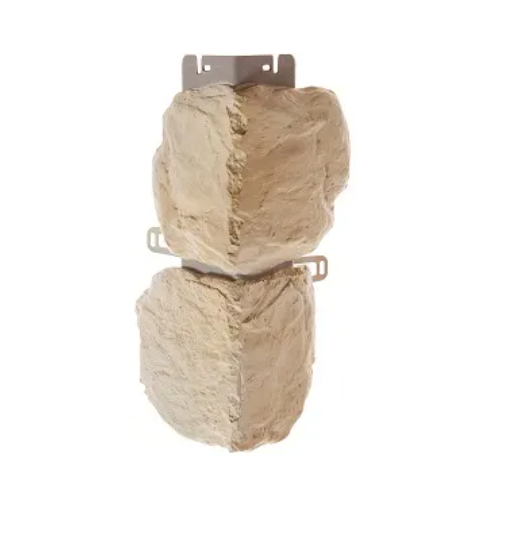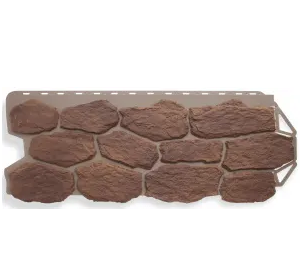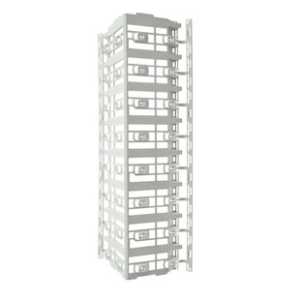Количество в упаковке: 10 шт
Габариты: 440 x 180 x 43 мм
Материал: полипропилен
Площадь панели: 0.079м2
Область применения: цоколь, фасад
Благодаря увеличенной толщине и специальным ребрам жесткости панели Альта-Профиль надежно защищают цоколь и стены. При этом не несут дополнительной нагрузки на фундамент здания, легко монтируются и моются.
Преимущества панелей Альта-Профиль:
– Стойкость к температурным колебаниям
Благодаря увеличенной толщине и ребрам жесткости при резких перепадах температур панели не деформируются.
– Устойчивость к грибку, плесени и коррозии
Фасадные панели из полимерных материалов не подвержены заражению грибками и коррозии, не гниют.
– Многослойная прокраска
Благодаря нескольким слоям прокраски фасадные панели более устойчивы к УФ-излучению.

_224.png)
_121.png) Каталог
Каталог_44.png)
_27.png)
_21.png)
_20.png)






Будьте первым, кто оставил отзыв на “Угол Бутовый камень Альта-Профиль”